Stairway to Heaven / Matter of Life and Death, A (1946)
“Tell me: do you believe in the survival of the human personality after death?”
|
Synopsis: |
|
Genres, Themes, Actors, and Directors:
Review: The idea of a pilot-in-crisis being able to reach a beautiful operator on the ground and connect with her romantically: … then survive a fall without a parachute: … plays into the ultimate fantasy so many must have held about their sons, brothers, and partners during the war: they’re only missing, not deceased; they will reconnect with their loved ones; they can fight back against death. It’s a lovely wishful vision, richly portrayed here through Jack Cardiff’s lush cinematography (Technicolor on Earth, b&w for heaven): … Alfred Junge’s other-worldly sets: … and a storyline that repeatedly goes in unexpected directions. We wonder — what role will Livesey’s motorcycle-riding neurosurgeon play in the drama? Will effete Goring be successful in his ploys to bring Niven over to the heavenly side? What function will Raymond Massey play in the “courtroom” proceedings — and why does it seem like the storyline has suddenly become a referendum on British-American relations? While I’m not a huge fan of the final “movement” of this cinematic symphony (i.e., the heavenly courtroom scenes), this doesn’t really matter given that it’s the visuals and sentiments that count the most, and those are on ample display throughout. This unique film should be seen by all film fanatics as a fine example of creative, romantic expression at its most liberated. Notable Performances, Qualities, and Moments: Must See? Categories
(Listed in 1001 Movies You Must See Before You Die) Links: |
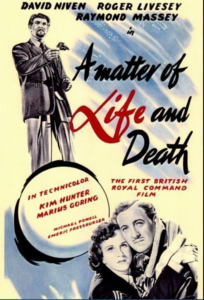
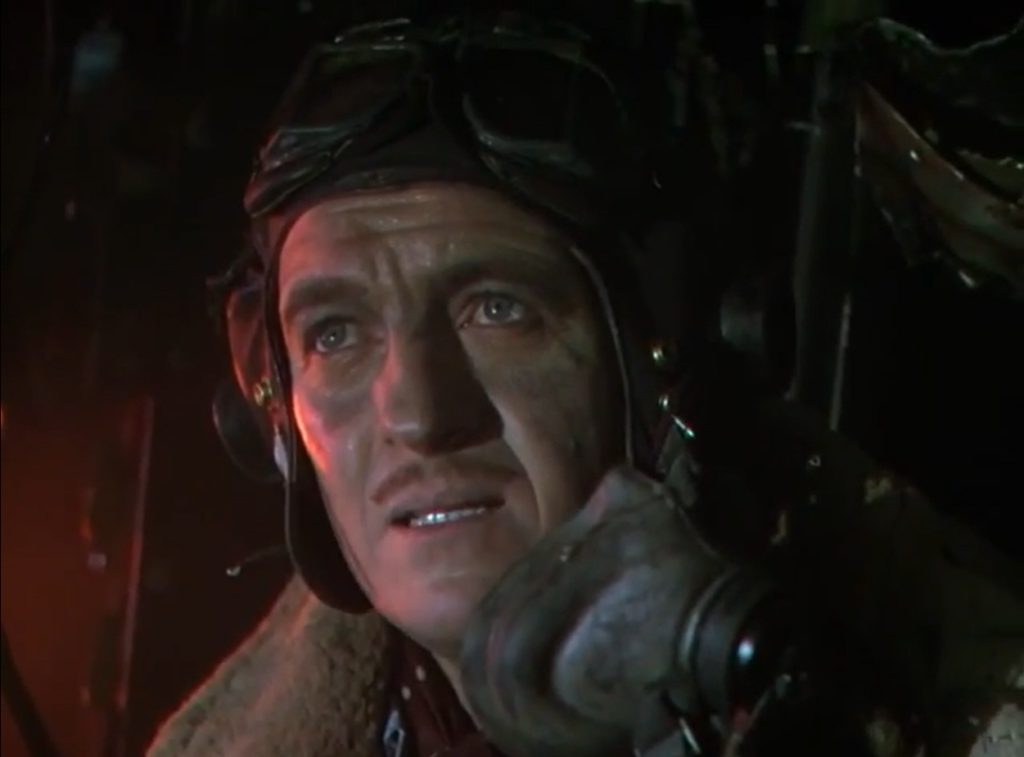
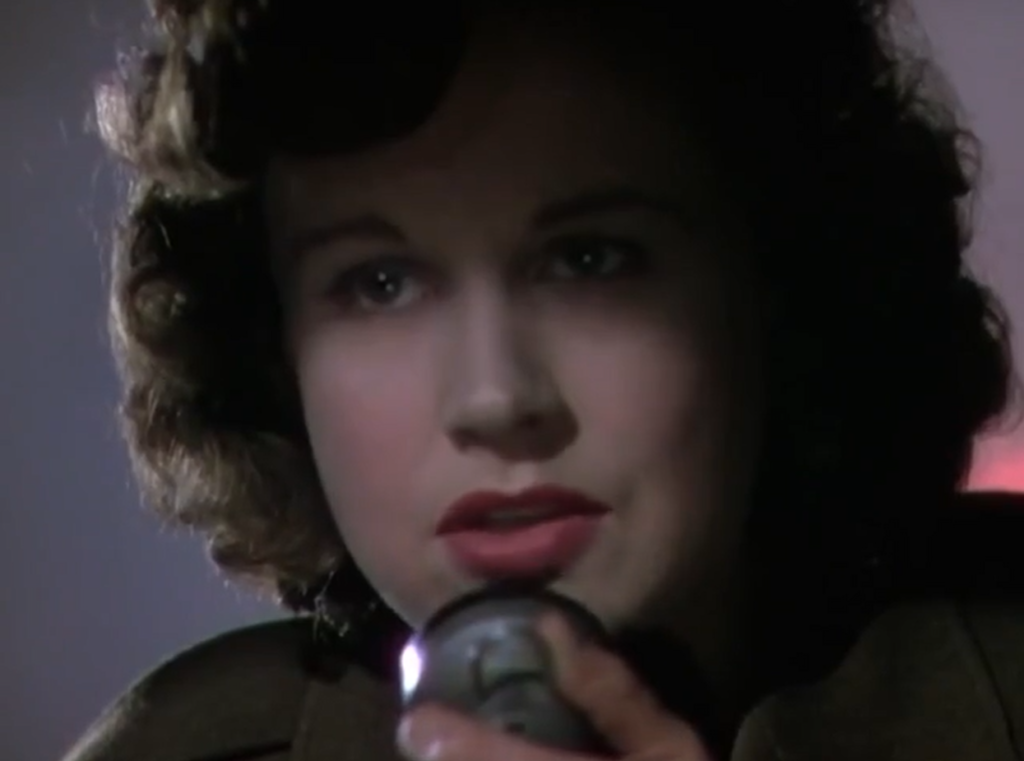

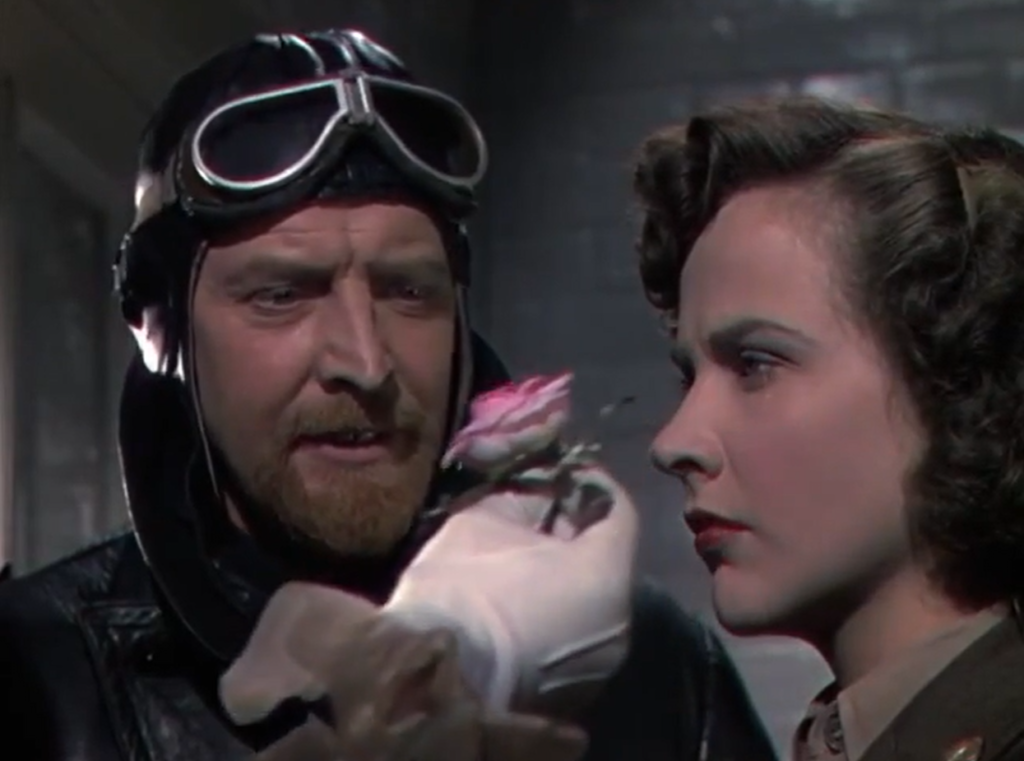
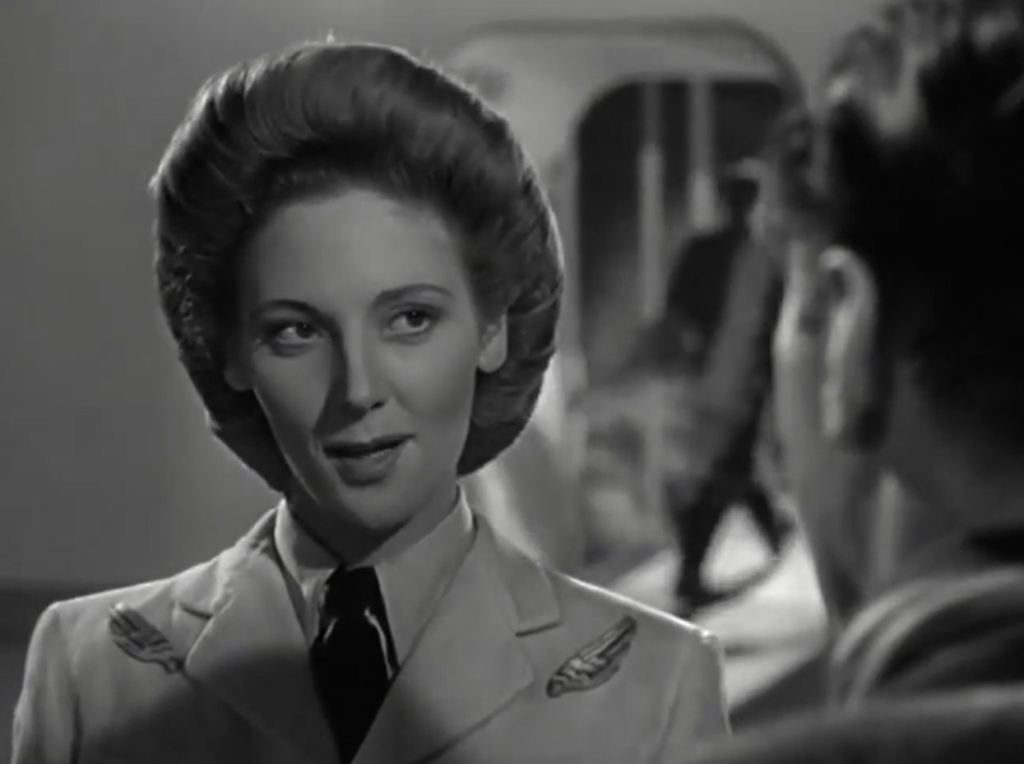
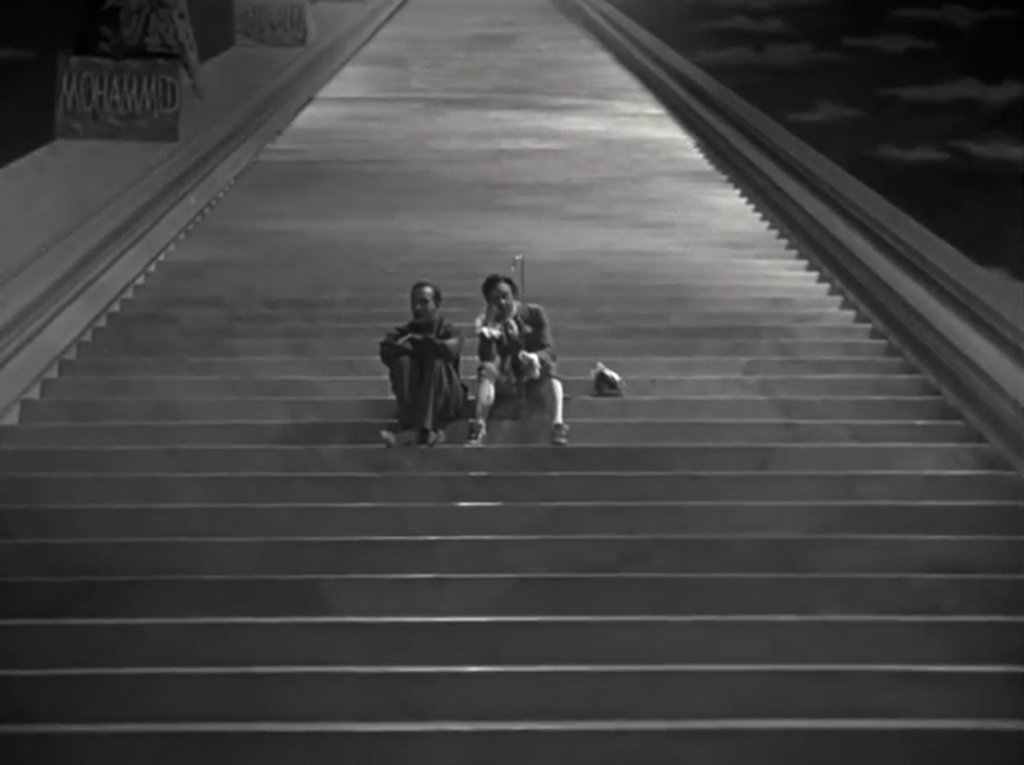
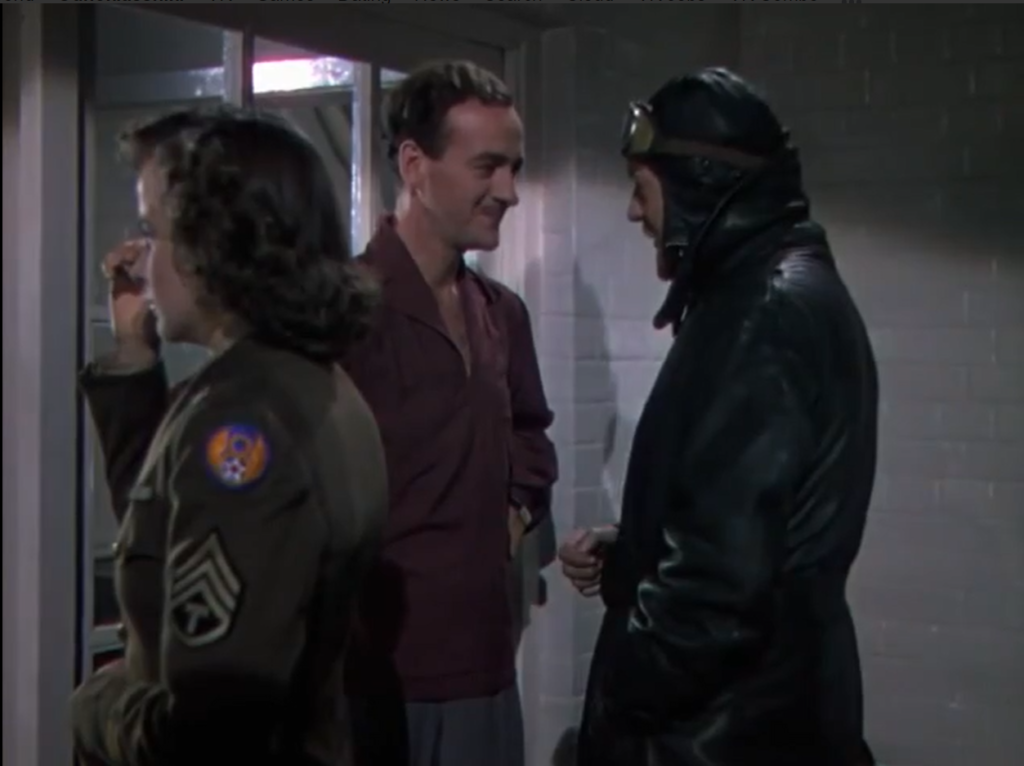
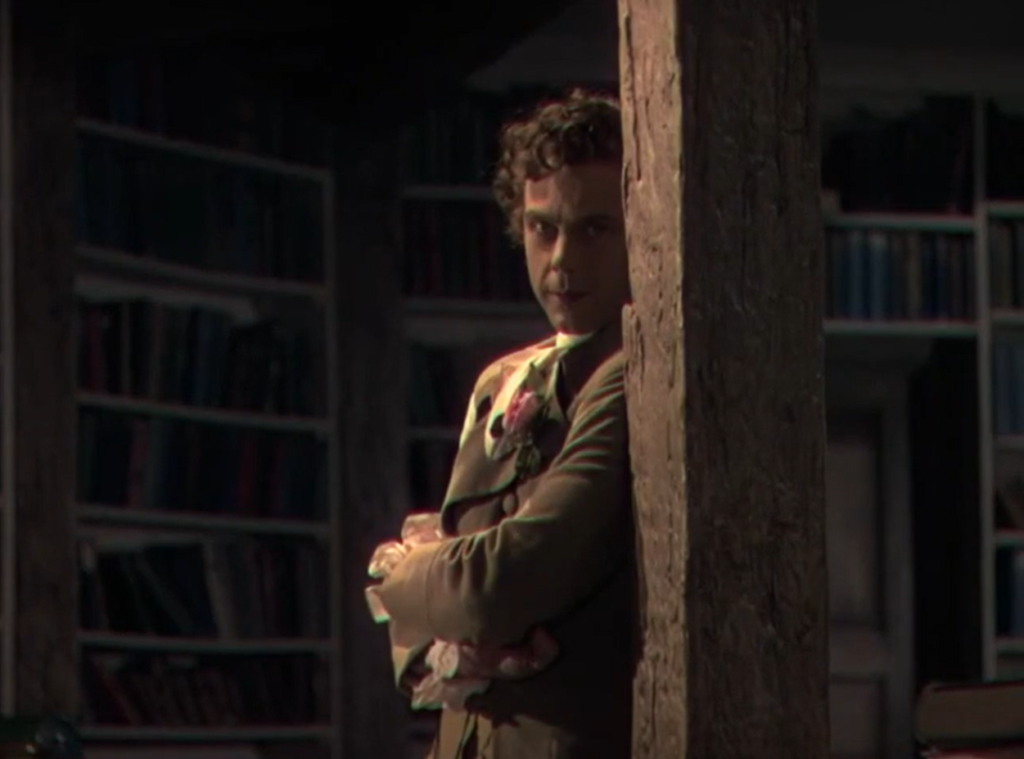
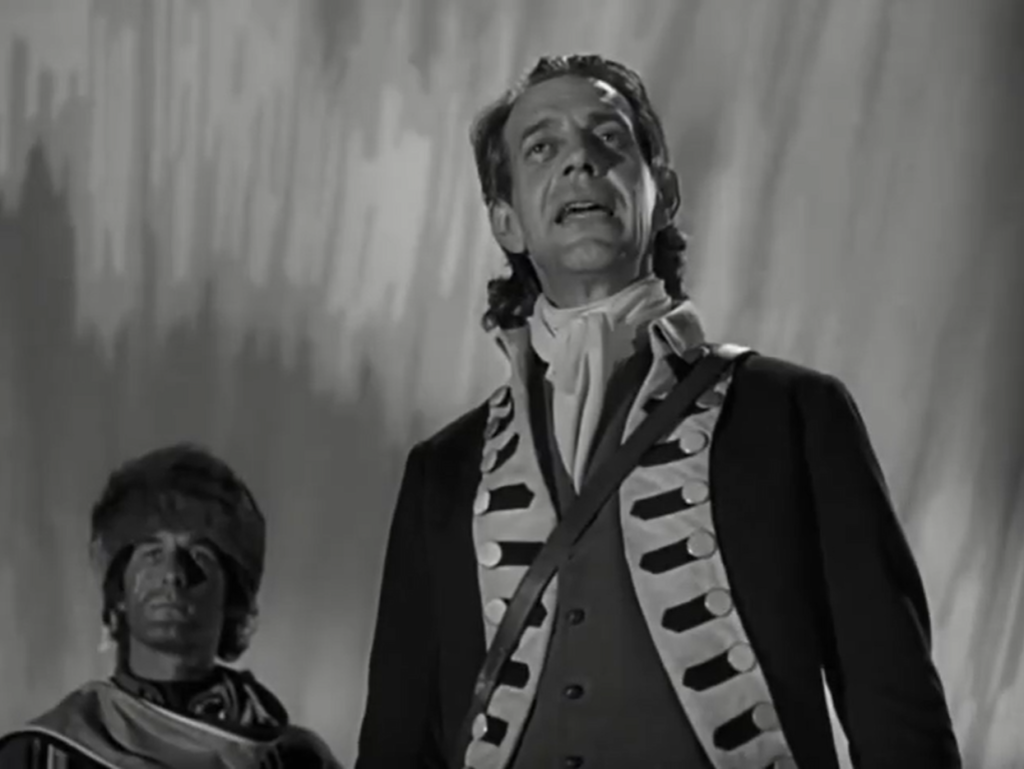
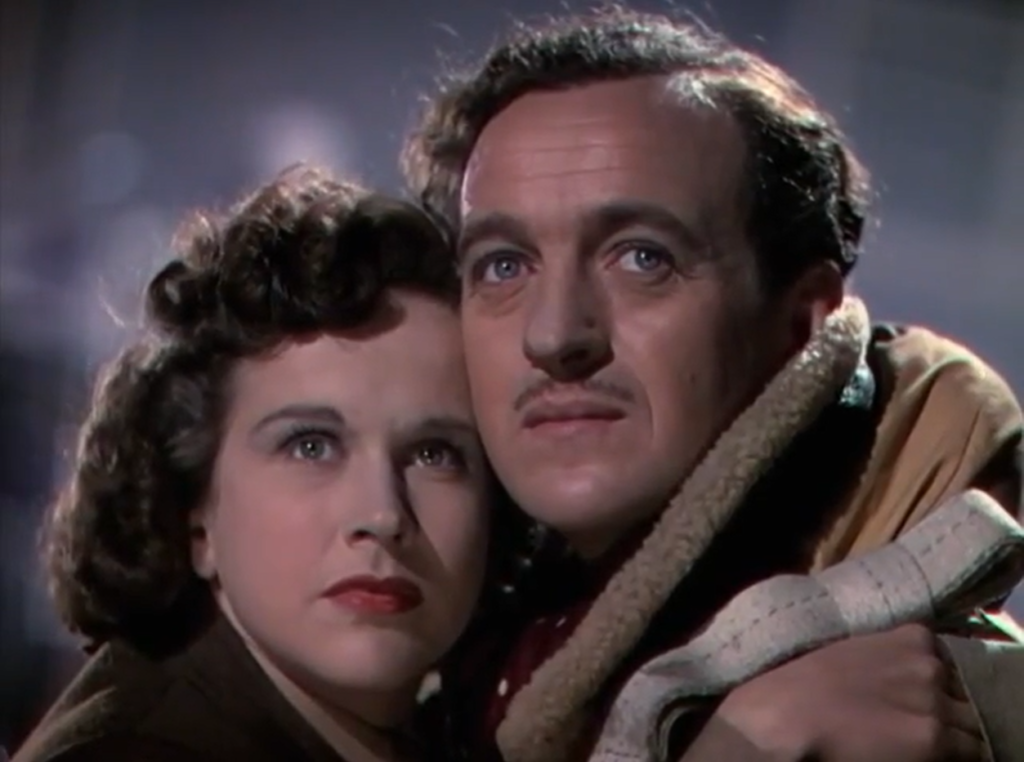

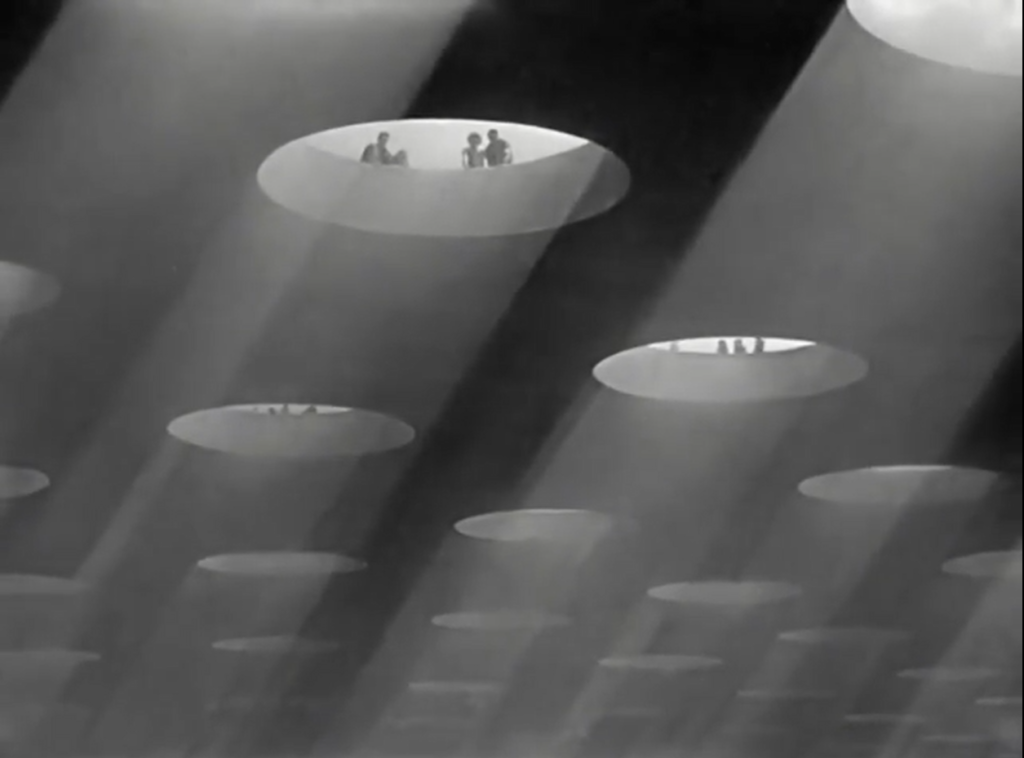
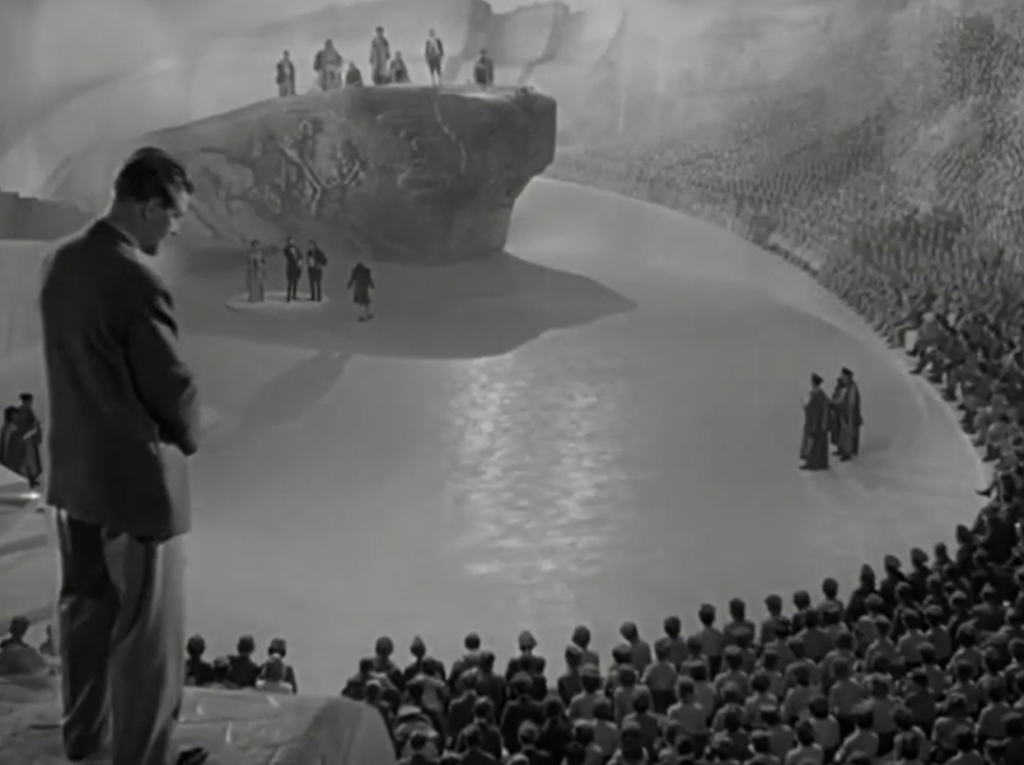
One thought on “Stairway to Heaven / Matter of Life and Death, A (1946)”
Agreed; must see, “as a unique outing by master directors”; a rare visual / intellectual film that delightfully stretches the possibilities of cinema.
Rewatched this in the middle of last night – because I had insomnia. 😉
Seeing it again, I seem to admire the film more than I love it – apparently, since it has been years since I last saw it. I can certainly understand what keeps the film so popular (currently listed at #20 on the BFI list of Best British Films). But I would think that its popularity mostly has to do with its status as a unique love story; the ultimate ‘love conquers all’ tale with arguably the most unique ‘meet-cute’ in cinema history.
It’s also refreshing that neither Hunter nor Livesey ever think for a minute that Niven is crazy (as might be the case in other stories in which a main character is saying things that are unbelievable).
Since it’s a fantasy, there’s no real question of ‘rules’. The film plays heavily on what those of us raised as Christians have been taught about Heaven (esp. the wings and Heaven being a physical place). But we’re not supposed to wonder why, early on, the Chief Recorder speaks in a stern manner with the Messenger (Goring). (Is *anyone* ever stern in Heaven?!) We’re also to overlook the improbable appearance of an actual court. It’s a fantasy.
I’m less bothered about the film’s final “movement”. In a way, it does vaguely feel like filler (since the plot is so thin) but, then again, it also feels organic. Yes, it’s a love story but it’s also set in wartime and – though unfair – it falls to Peter (as part of ‘his’ character) to bear the historical responsibility of all British military men.
My main preoccupation while watching was the film’s color scheme. Why is Heaven in b&w? Why are we supposed to *guess* about the ‘comment’ that choice is making?
It brings to mind other films that do something similar. (I’m not referring to something like the dual color pattern in ‘if…’. – which reportedly happened because the production ran out of money for color film and had to switch to black and white, leaving tons of people pondering the ‘hidden meanings’ from scene to scene to scene. 😉 )
‘The Wizard of Oz’ famously opens in sepia but, once we get to Oz, it’s clear why Kansas was not in color: it’s a boring place. It doesn’t need to be explained. But are we to think that, in ‘Stairway…’, Heaven is considered boring? Isn’t it supposed to be a much better place than Earth… which is colorful but mostly fraught with trouble?
It’s too bad that some other choice couldn’t have been hit on – something like… Huston’s decision to film ‘Reflection in a Golden Eye’ in a golden hue… some way to signify Heaven as a glorious place (unless we’re not to think of it as glorious).